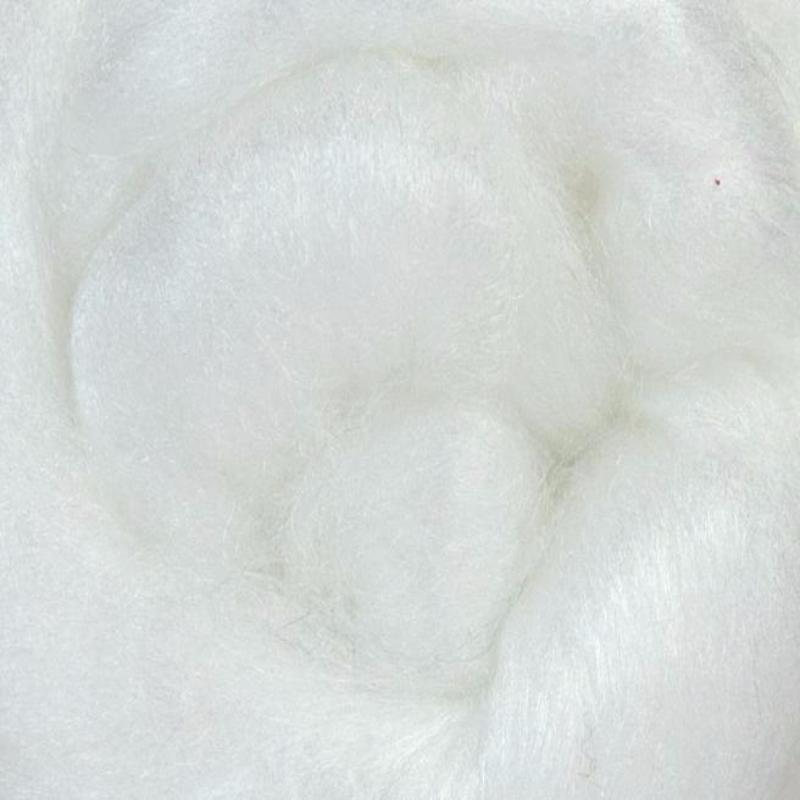Paradise Fibers Bright Trilobal Nylon Top
Paradise Fibers Bright Trilobal Nylon Top
Brand:Paradise Fibers
SKU: SKU: T159
Regular price
$2.19 USD
Regular price
Sale price
$2.19 USD
Quantity
(0 On Hand)
Couldn't load pickup availability
Fiber Content:
100% Nylon
Commonly known as polyamide, this combed nylon fiber has a sparkly appearance perfect for incorporating into blends, dyeing and spinning as is.
Nylon is a man-made fiber of petrochemical origins. Produced using two chemicals; hexamethylene diamine and adipic acid - each containing 6 carbon atoms. This is obtained from the distillation of benzene or coal tar. Specific amounts of the two chemicals are combined in a solution to form nylon salt. The nylon salt is then polymerized under pressure, with nitrogen to produce a ribbon of polymer, which is then flaked or chipped. This polymer is then melted and extruded through a spinneret into cool air, where the nylon filaments are formed. After cooling the filaments are stretched to orientate the molecules in the fiber, which develops extraordinary strength. This filament is then crimped and cut to length if required.
Nylon is a truly man-made fiber and is relatively expensive to produce compared to other man-made fibers. Therefor, its production has decreased, particularly following the discovery of polyester and polypropylene, which are both cheaper to produce. Nylon remains in production due to its easy dye-ability and strength, coupled with a high melt-point.
The fiber accepts the same dyes as wool and other animal fibers and is therefor perfect for use in blends where added strength, resilience and wear ability are required. Nylon is still used extensively in carpet manufacture. The fiber is a little lower than wool in absorbency.
Nylon is a man-made fiber of petrochemical origins. Produced using two chemicals; hexamethylene diamine and adipic acid - each containing 6 carbon atoms. This is obtained from the distillation of benzene or coal tar. Specific amounts of the two chemicals are combined in a solution to form nylon salt. The nylon salt is then polymerized under pressure, with nitrogen to produce a ribbon of polymer, which is then flaked or chipped. This polymer is then melted and extruded through a spinneret into cool air, where the nylon filaments are formed. After cooling the filaments are stretched to orientate the molecules in the fiber, which develops extraordinary strength. This filament is then crimped and cut to length if required.
Nylon is a truly man-made fiber and is relatively expensive to produce compared to other man-made fibers. Therefor, its production has decreased, particularly following the discovery of polyester and polypropylene, which are both cheaper to produce. Nylon remains in production due to its easy dye-ability and strength, coupled with a high melt-point.
The fiber accepts the same dyes as wool and other animal fibers and is therefor perfect for use in blends where added strength, resilience and wear ability are required. Nylon is still used extensively in carpet manufacture. The fiber is a little lower than wool in absorbency.




